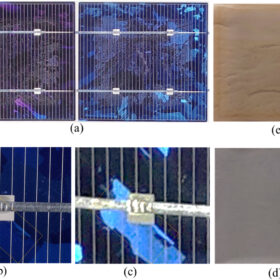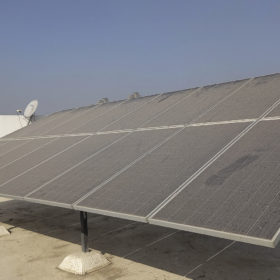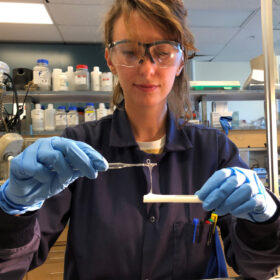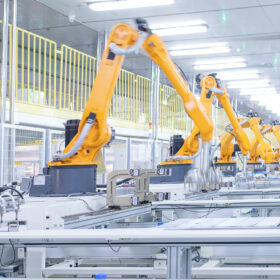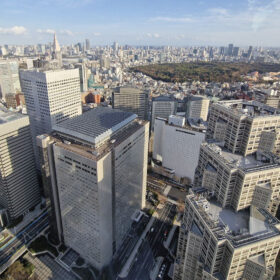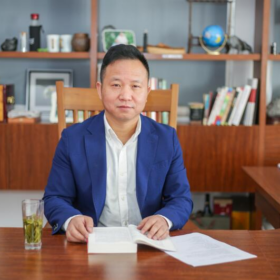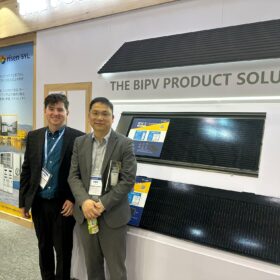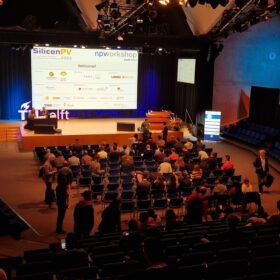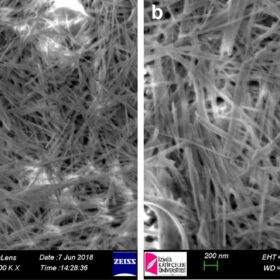Protecting solar cells from UV light
Scientists in France tested the effectiveness of various encapsulant materials, used to laminate solar cells into modules, at protecting cells and other components from damage caused by ultraviolet (UV) light. Their findings show that encapsulants with additives specifically designed to absorb UV light tend to turn yellow over time, which can contribute to various other problems with performance.
Keep your solar cells dry
Scientists in Norway used various imaging and characterization techniques to analyze the cells and other components of silicon PV modules that had been installed in the field for more than 10 years. The group’s aim was to isolate the role of moisture in various mechanisms that cause performance loss over time, and to understand how these mechanisms progress over long-term installation in real outdoor conditions.
Inside the impacts of soiling
Scientists in India carried out a comprehensive study into the impacts of soiling on PV modules – measuring the amount of performance loss caused by different types of dust and bird droppings, and for modules installed at various tilt angles, in the hot-dry climate of Vellore in southern India. Their findings could allow developers to better take into account and mitigate the effects of soiling during site selection and system design.
Treatment promises 1000-hour stability for solar perovskites
Scientists in China and Canada have developed an additive that forms covalent bonds with the organic materials in a perovskite solar cell, leading to fewer defects and greatly reduced degradation. Cells treated with the additive maintained 98.6% of their initial performance after 1,000 hours in testing. Xlynx Materials, a company spun out of the University of Victoria in Canada, is making the material available for further commercial trials.
PV manufacturing capacity hit 600 GW in 2022
The new edition of the International Technology Roadmap for Photovoltaic (ITRPV), published this week, finds that 295 GW of PV modules was shipped in 2022, and that prices for silicon PV modules fell by 7% over the year. The report finds that price premiums for n-type modules are now marginal, and the technology grew to represent 15% of the market, and is expected to keep growing over the coming decade.
Weekend Read: Japan turns to the rooftop
Japanese policymakers are now looking at rooftop solar panels as land is scarce in the country and agrivoltaics, building-integrated PV (BIPV), and floating solar are still in their infancy, reports Mark Hutchins.
Plug and play PV promises savings
China’s DAH Solar has added a specially designed microinverter to its Full-screen module, making the ‘SolarUnit’ a formidable offering for the rooftop PV segment. DAH Solar President Shenheng Xie took pv magazine through some of the system’s key features and the advantages they promise once installed.
High hopes for heterojunction
In recent months, China’s Risen Energy has posted impressive module efficiencies, closing in on 24%, with its hyper-ion series. The company will ramp up to large-scale production of these heterojunction products in the first half of 2023, and pv magazine recently caught up with Risen Energy’s Chief Information Officer Terry Wu to discuss this, as well as the company’s work on energy storage projects.
Key takeways from SiliconPV 2023
The annual SiliconPV Conference came to TU Delft in the Netherlands last week and offered an important health check for the science and technology behind solar energy. pv magazine was on site to hear the latest from researchers reaching for higher efficiency through tandem cells and other innovations, and working to cut down solar technology’s consumption of rare and expensive materials.
‘Natural clay’ additive promises gains in perovskite solar cell efficiency, stability
Scientists in Turkey have demonstrated that sepiolite, a naturally occurring clay substance, can be added to perovskite precursor materials, and form a scaffold layer that can improve the efficiency and stability of the cells. The scientists believe that this substance could be valuable in developing reproducible processes for the production of large-area perovskite solar cells.


